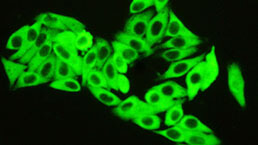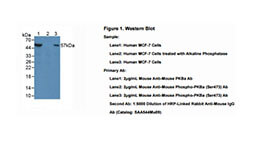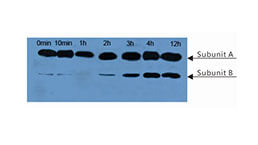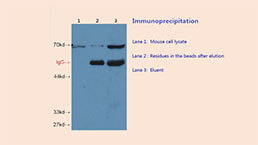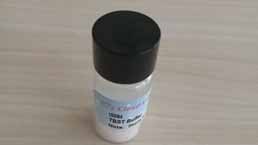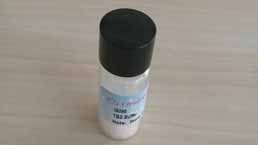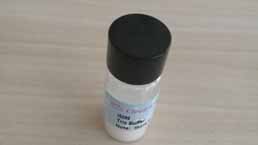Monoclonal Antibody to Actin (ACTIN) 

Overview
Properties
- Product No.MAS097Hu21
- Organism SpeciesHomo sapiens (Human) Same name, Different species.
- ApplicationsTesting in progress
If the antibody is used in flow cytometry, please check FCM antibodies.
Research use only - DownloadInstruction Manual
- Category
- SourceMonoclonal antibody preparation, Host Mouse
- Ig Isotype IgG2a Kappa, Clone Number C6
- PurificationProtein A + Protein G affinity chromatography
- LabelNone
- Immunogen n/a
- Buffer FormulationPBS, pH7.4, containing 0.02% NaN3, 50% glycerol.
- TraitsLiquid, Concentration 1mg/mL
Sign into your account
Share a new citation as an author
Upload your experimental result
Review

Contact us
Please fill in the blank.
Specifity
The antibody is a mouse monoclonal antibody raised against ACTIN. It has been selected for its ability to recognize ACTIN in immunohistochemical staining and western blotting.
Usage
Testing in progress
Storage
Store at 4°C for frequent use. Stored at -20°C in a manual defrost freezer for two year without detectable loss of activity. Avoid repeated freeze-thaw cycles.
Stability
The thermal stability is described by the loss rate. The loss rate was determined by accelerated thermal degradation test, that is, incubate the protein at 37°C for 48h, and no obvious degradation and precipitation were observed. The loss rate is less than 5% within the expiration date under appropriate storage condition.
Giveaways
Increment services
Citations
- Influence of signaling kinases on functional dynamics of nuclear receptor CARPubmed: 31352609
- Association of decreased triadin expression level with apoptosis of dopaminergic cells in Parkinson's disease mouse model34736417
- Indole-linked 1, 2, 3-triazole derivatives efficiently modulate COX-2 protein levels in human THP-1 monocytes by suppressing AGE-ROS-NF-kβ nexusPubmed:34990649
- Suppression of COX-2/PGE2 levels by carbazole-linked triazoles via modulating methylglyoxal-AGEs and glucose-AGEs–Induced ROS/NF-κB signaling in monocytesPubmed:35640822
- Flavonoid 4, 4′-dimethoxychalcone induced ferroptosis in cancer cells by synergistically activating Keap1/Nrf2/HMOX1 pathway and inhibiting FECHPubmed:35697292






